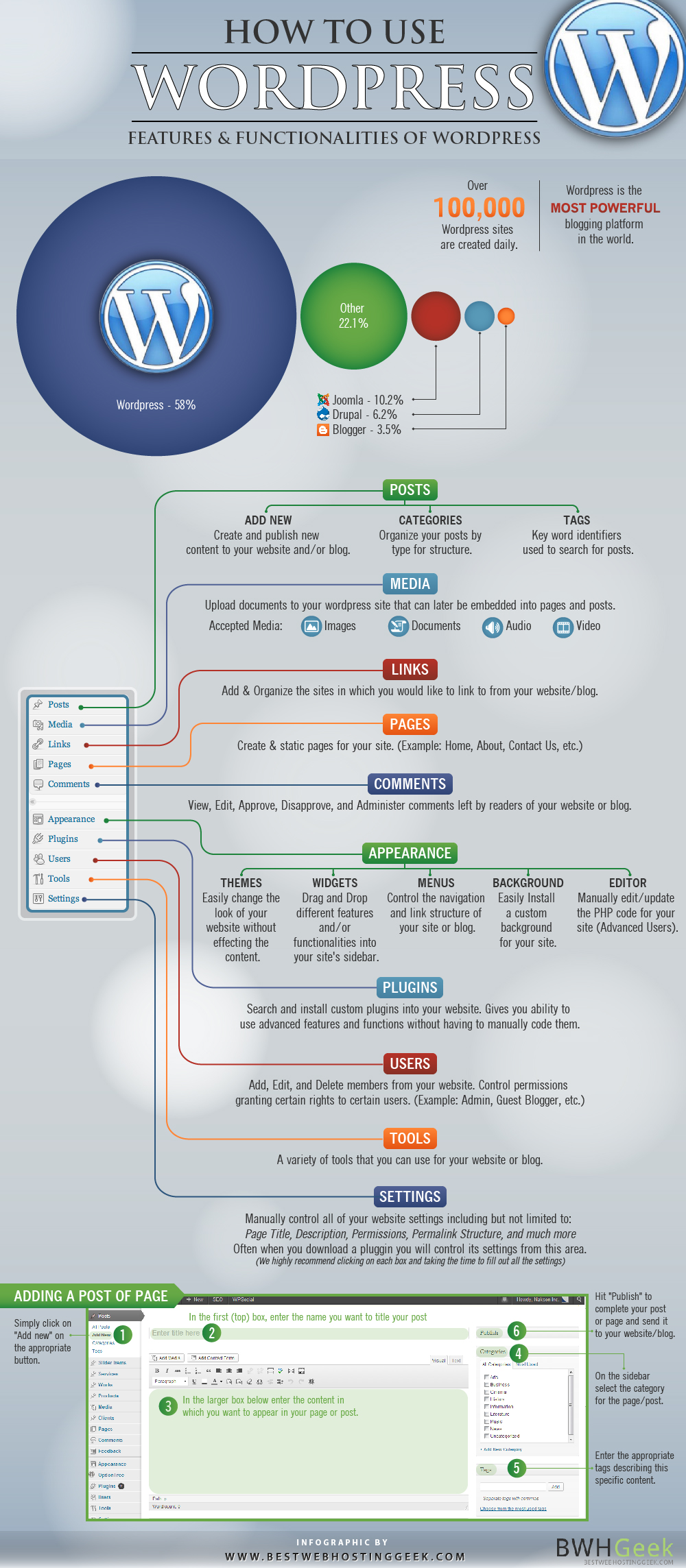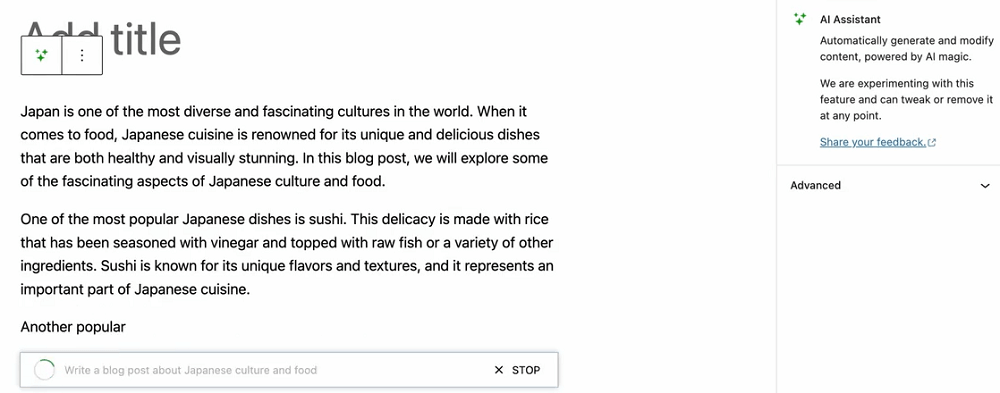

In this simple example, the controller pattern may not seem very useful, but for more complex scenarios - for example, when you have a custom post type and you need to provide a custom RESTful API to read, create, update and delete items with multiple routes and endpoints - you would benefit from the OOP concepts and the controller pattern to better organize your code and take advantage of the existing classes. It does so by manually altering the internal array of metaboxes (of which dashboard widgets are one type) and putting your widget at the top of the list so it shows first. Below is an example hooking function that will try to put your widget before the default ones.

The email should be titled 'Your Akismet API key' from 'Akismet Support.' Highlight the code (its a mix of letters and numbers) and press Ctrl/Cmd + C. In the functions.php file of your theme, add the following code: add_action ( 'rest_api_init', function ( ) Until sorting is added to the API its a bit complicated to get around this problem. Copy the API key in your email and paste it into the text field in WordPress.

WORDPRESS API ARCHIVE
This is because we don’t actually have that route. The API endpoints default to providing a limited number of items per request, the same way that a WordPress site will default to 10 posts per page in archive views. The WordPress REST API enables developers to interact with WordPress sites or apps directly by sending and receiving JSON objects through API endpoints. We want to create a new route that will allow us to retrieve the latest recent posts by category ID with the following format: At this point, if we visit the above URL in our browser we’ll get a 404 error with the message “No route was found matching the URL and request method”: Building code that will use the API Create a new client application, read up on API basics or dive right in to the endpoint documentation.


 0 kommentar(er)
0 kommentar(er)
